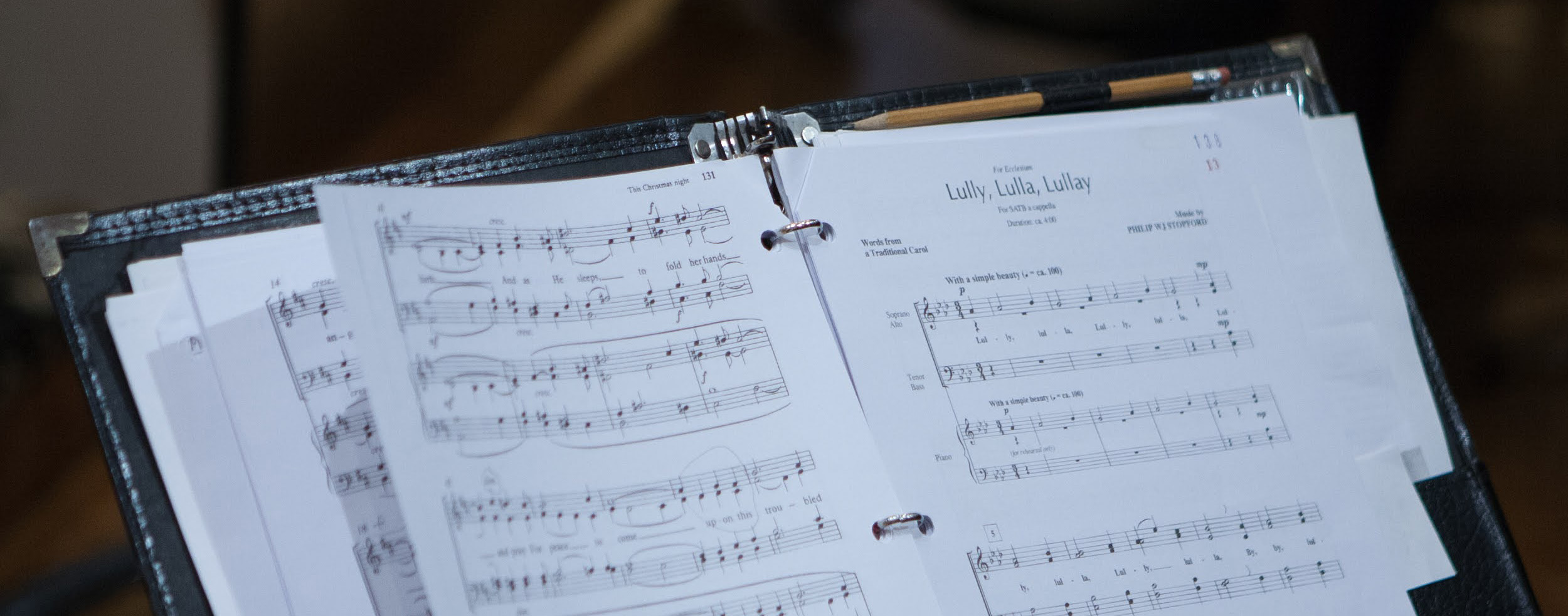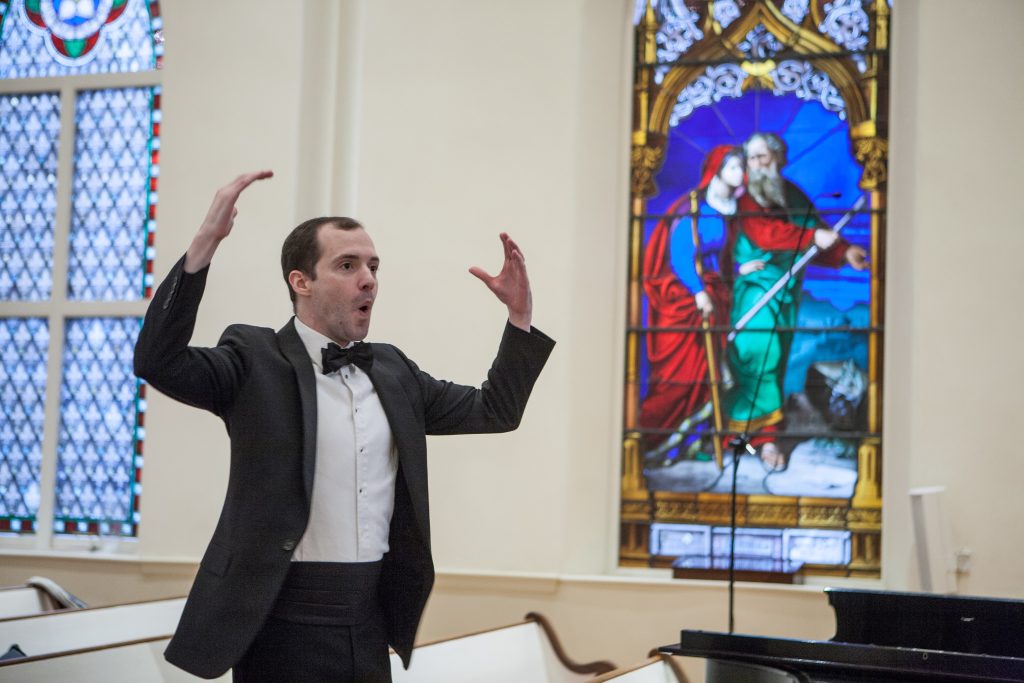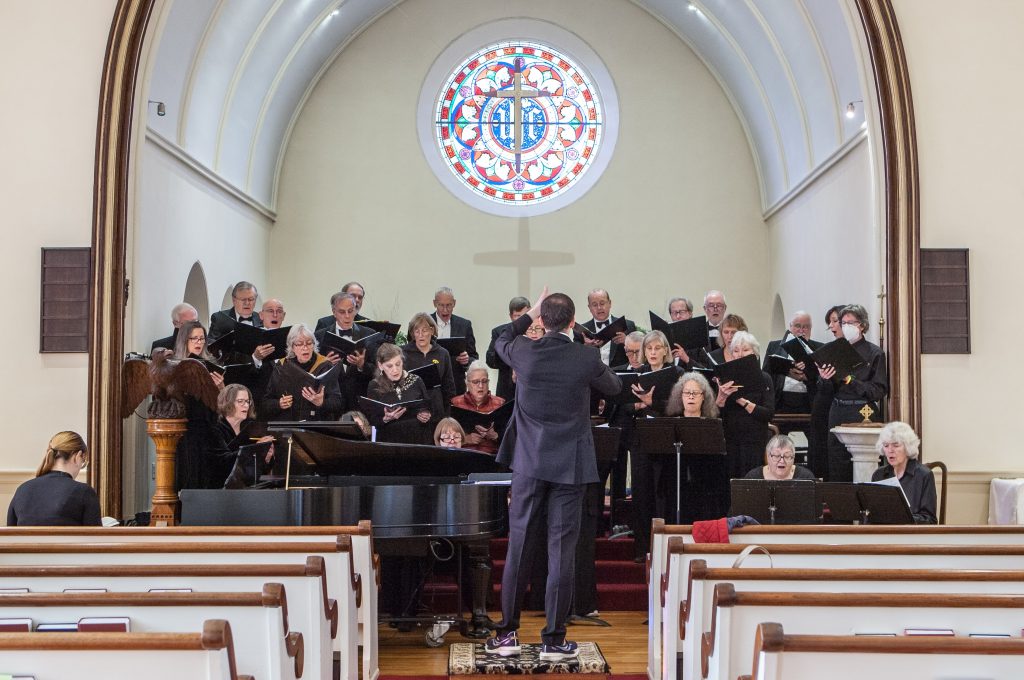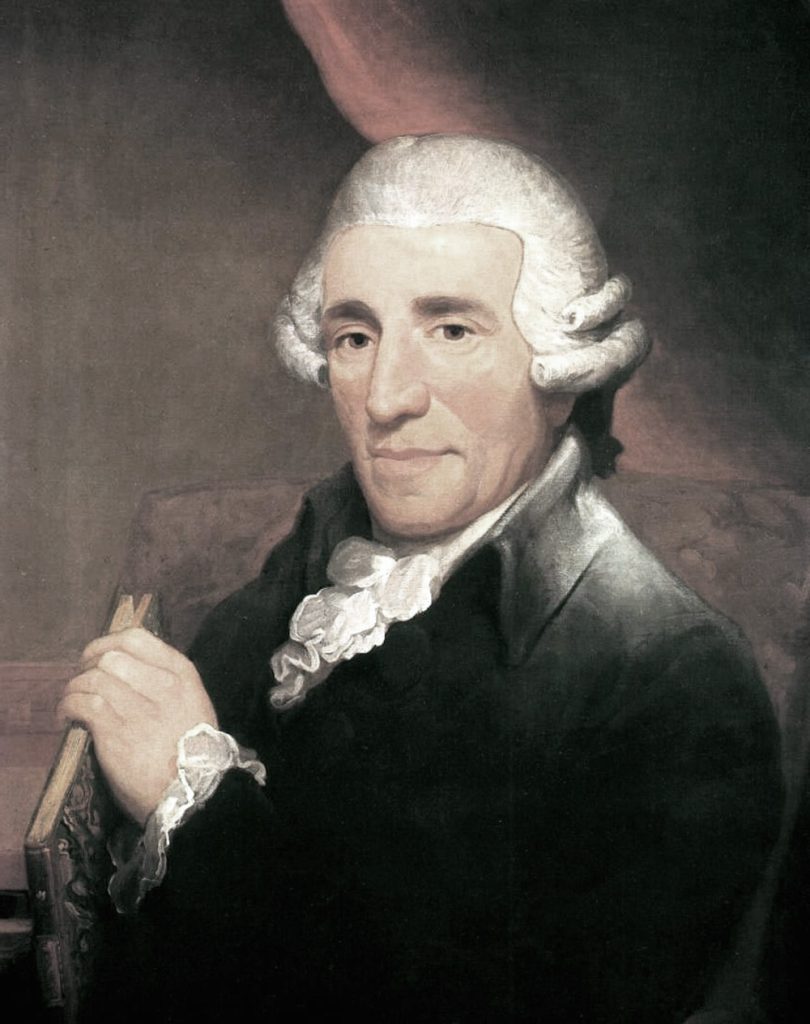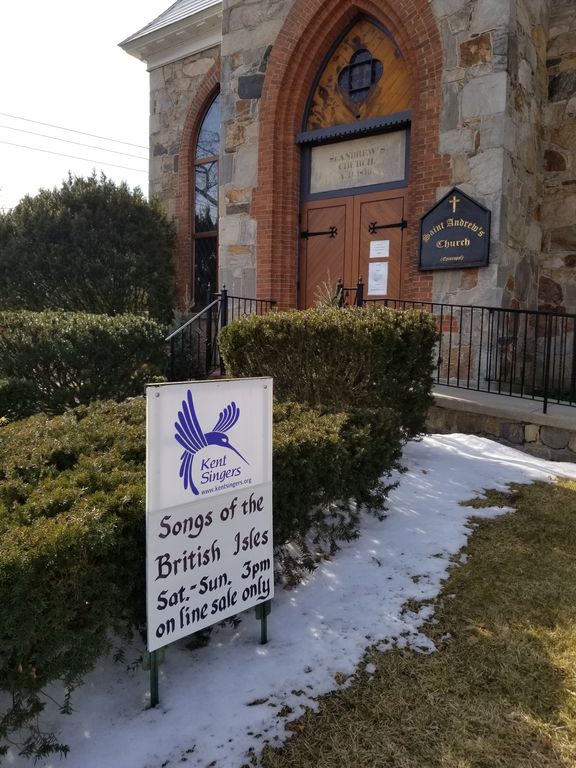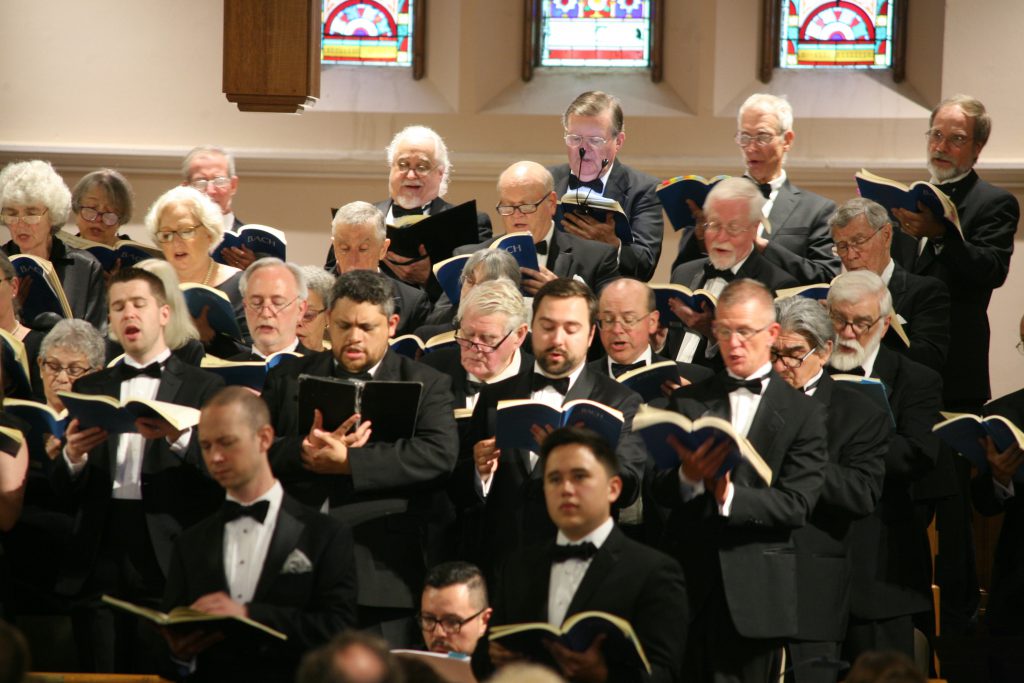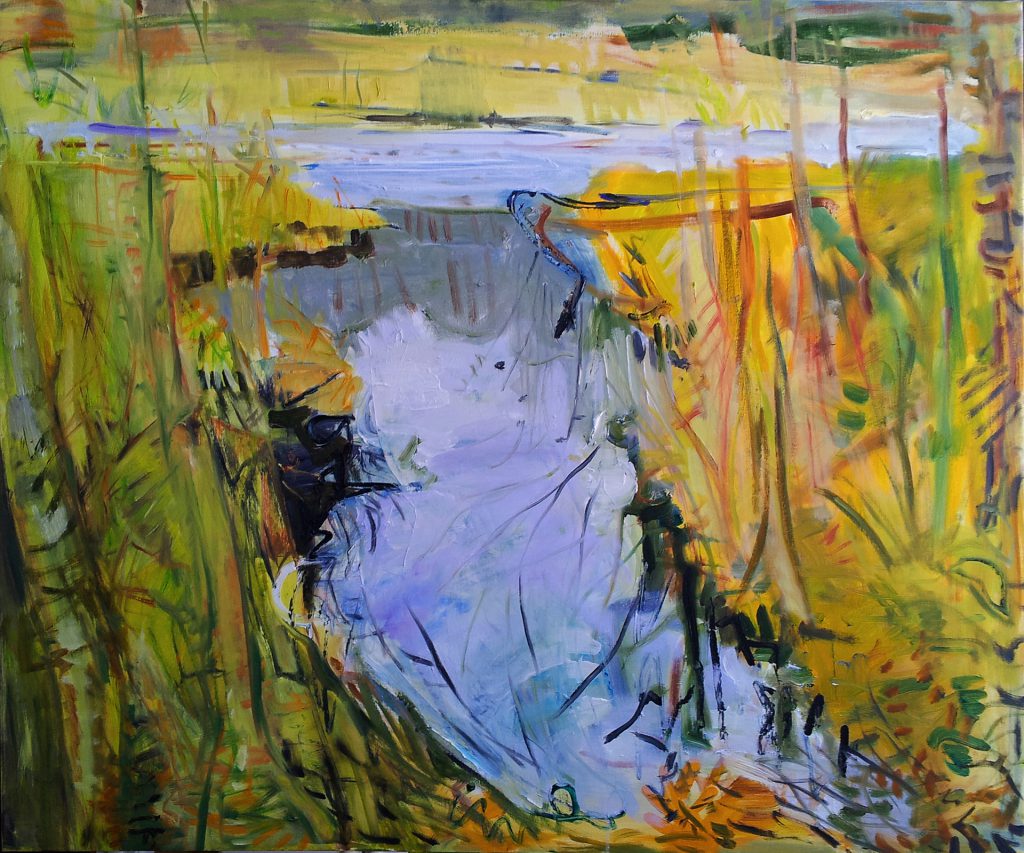Jake Runestad: The Hope of Loving (Yield to Love; Wild Forces)
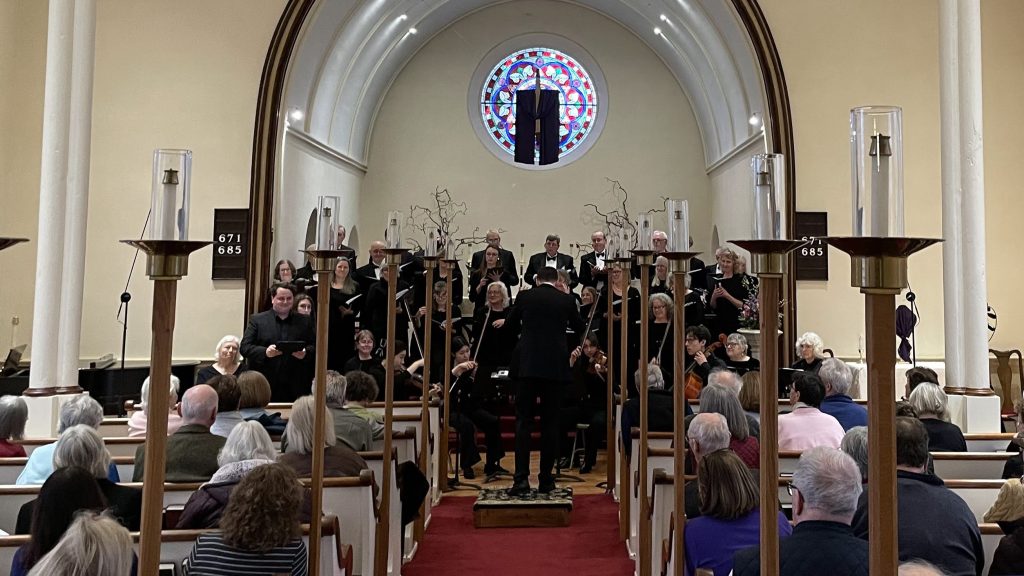
Performed March 10, 2024; James Knox Sutterfield, conductor.
Yield to Love, inspired by the writings of Rabi’a al-Basri
I know about love the way the fields know about light,
the way the forest shelters us.
We are vulnerable like an infant.
We need each other’s care or we will suffer.
How will you ever find peace unless you yield to love?
Wild Forces, St. Francis of Assisi
There are beautiful, wild forces within us.
Let them turn millstones inside
filling bushels that reach to the sky.
The Hope of Loving is a multi-movement work commissioned by Seraphic Fire and their Artistic Director, Patrick Quigley. Composer Jake Runestad writes of this piece:
I am a hoarder of poetry, and one of my favorite collections is Love Poems From God—mystical poems by Daniel Ladinsky inspired by famous writers from around the world. This book is a composer’s dream with colorful, powerful, and succinct writings that talk of living fully, deep spirituality, self-contemplation and love. When starting my work on this new composition, I opened Ladinsky’s book to find a treasure trove of quaint parables and sage advice for us all. The Hope of Loving (2015) for chorus, soloists, and string quartet, uses a selection of writings inspired by spiritual mystics throughout history to explore the idea of love and its manifestation in our lives. My hope is that this music might introduce you to meaningful texts, connect you with an element of your own human experience, and foster your compassion for the story of another.
— Jake Runestad
While some pieces are built around a melodic motif, The Hope of Loving is built around a single interval, a perfect fourth. This interval is most obvious when it occurs melodically, immediately identifiable in the opening phrase, which recurs throughout the piece; however, Runestad also employs it harmonically, building chords that are quartal (built of stacked fourths) rather than triadic (built of stacked thirds) as tonal western music traditionally is. Quartal harmony often does not sound excessively dissonant, but it is distinctive and tends to feel unresolved.
The first movement, “Yield to Love,” sets a poem inspired by the work of Rabi’a al-Basri. Enslaved as a child, she gained freedom later in life and became one of the most influential Sufi mystics and a Muslim saint. As mythology accumulated around her, many writings and poems were attributed to her, though their origin is disputed, and contemporary scholars believe there are no extant writings that are legitimately hers. Nevertheless, her legacy and the works attributed to her have had a lasting impact, including on perhaps the most famous Persian poet, Rumi. The music is spare, mostly unison lines with chant-like rhythms, and the movement serves as a sort of introduction or epigraph for the work as a whole both musically and textually.
“Wild Forces” is distinct from the other movements with its driving rhythms and boisterous energy. The text, by St. Francis of Assisi, exhorts us to embrace and harness the “beautiful, wild forces within us” to produce an abundance of nurturing sustenance so bountiful that it reaches even to heaven. (Other sources translate the second half as “Let them turn the mills inside and fill sacks that feed even heaven.”) The driving rhythms, canons, and triple meter create a sense of circular energy to depict the millstones, and high, bright chords seem to “reach to the sky.”

